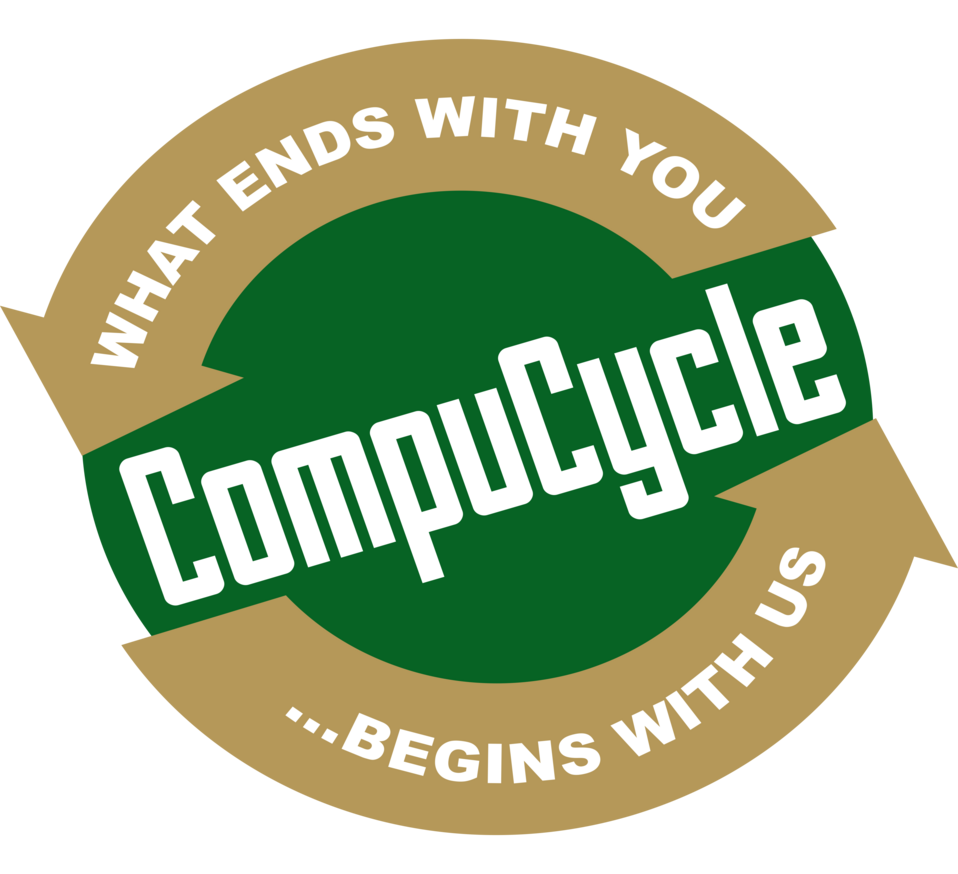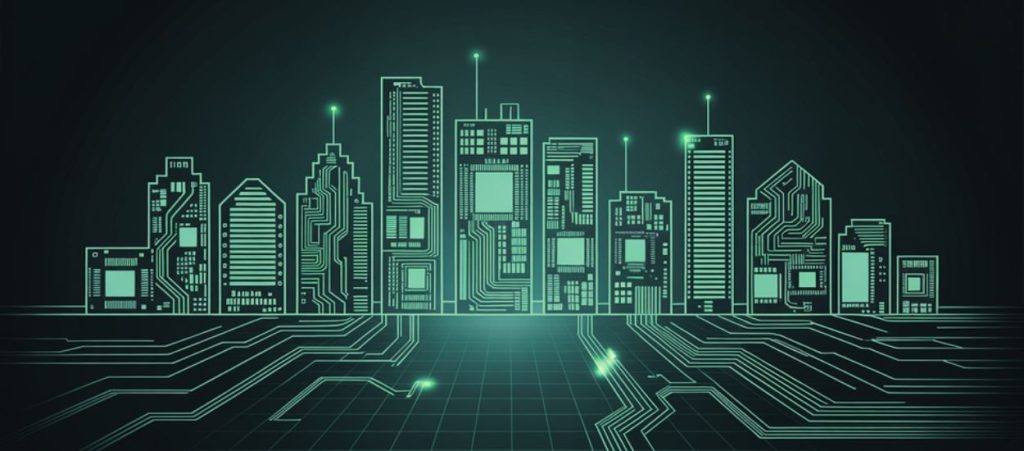
E-waste disposal is a vast and complex field requiring several considerations and specialized knowledge in order to be executed properly. There are many ways to go about commercial e-waste disposal, but the most important thing is to ensure that it is done in a safe and responsible manner.
All over the world, the commercial e-waste disposal industry amounted to over $20 billion in 2016. By 2030, it is estimated to reach $99.67 billion at an astounding CAGR of 16.2%! This is because the growing number of electronic devices in use, as well as the ever-changing technology landscape, has resulted in a constant stream of e-waste that needs to be disposed of properly.

There are a few different methods of local e-waste recycling that commercial entities can use, but the most important thing is to ensure that it is done safely and responsibly. One of the most common methods is recycling, which can be done either through traditional means or through more modern processes such as electronic waste recycling facilities.
In this article, we will look at the different commercial e-waste disposal ideas, as well as the benefits and drawbacks of each. We will also provide some tips on how to ensure that your e-waste is disposed of properly.
Commercial E-Waste Disposal Ideas
Idea 1: Commercial E-Waste Recycling
Recycling is one of the most common methods of commercial e-waste disposal. This is because it is a relatively simple and straightforward process, but the rewards are well worth the effort. Not only does it help businesses salvage their electronics (and perhaps re-use their assets), but you can also make some money back after disposal! This is known as value recovery.
There are several benefits to recycling your e-waste. Firstly, it helps to reduce the amount of waste that goes to landfill sites, as well as the associated environmental impacts. Secondly, recycling can often be used to create new products, which can help to offset the costs of end-of-life disposal.
However, there are also a few drawbacks to recycling your e-waste. One of the main ones is that it can be difficult to find a reputable and reliable recycling company, particularly if you are looking to recycle large quantities of e-waste.
If the company does not recycle properly, there is a chance that the elements within your e-waste may contaminate the Earth and lead to financial and/or social liabilities.
Idea 2: Incineration
Incineration is another common method of commercial e-waste disposal. This involves burning the-waste material in order to reduce its volume, and it can be an effective way of disposing of large quantities of e-waste. Some e-waste recycling centers also use this method to create energy after asset collection.
While incineration can be used to generate electricity, unfortunately, it also releases harmful emissions into the atmosphere. Therefore, choosing the right e-waste recycler for this method is key. It is important to note that while incineration is used as a data destruction method quite commonly, the data may be recoverable if not destroyed properly.
Idea 3: Landfilling
Landfilling is another option for commercial e-waste disposal and involves burying the-waste material in the ground, and it can be an effective way of disposing of large quantities of e-waste, but it is not the most environmentally friendly option out there.
This is because e-waste may leach harmful chemicals into the ground itself or the groundwater. Disposal of batteries or even some recyclable electronics in the ground can also lead to methane gas, which is a potent greenhouse gas. This gas is also flammable, hence leading to a potential fire hazard in the landfill.
Whether done via incineration or landfill, when the e-waste is used to create energy, it is known as the-waste-to-energy (WTE) method. This is a newer method of commercial e-waste disposal that is becoming increasingly popular. This involves using waste material to generate electricity, and it can be an effective way of disposing of large quantities of e-waste.
Idea 4: Product Stewardship
Product stewardship is another option for commercial e-waste disposal. This involves taking responsibility for the-waste material at the end of its life, i.e., end-of-life asset disposal. These e-waste recycling programs are also a great option for commercial entities looking to make some money out of their old equipment while ensuring that their e-waste is managed off the property automatically. Product stewardship for e-waste often also includes data destruction and data sanitization, hard drive shredding, and other services to ensure that your data remains safe. Not every local e-waste recycling
program offers this service, though, so make sure you choose a security-oriented company such as CompuCycle.
Product stewardship can often be used to create new products, which can help to offset the costs of disposal.
Idea 5: Extended Producer Responsibility
Extended producer responsibility (EPR) is another option for commercial e-waste disposal. This involves manufacturers taking responsibility for the-waste material at the end of its life, and it can be an effective way of disposing of large quantities of e-waste. Of course, you will need an e-trash recycling company to handle the asset logistics and tracking for you to save costs further. When done properly, EPR can help reduce the costs and amount of waste that goes to landfill sites while letting you get some value in return.
These options are also known as take-back schemes, as the producer takes responsibility for either refurbishing the used equipment or helping you dispose of it properly (depending on your contract).
In today’s environmentally conscious world, recycling remains to be one of the most beneficial and ideal ways to help reduce pollution and save our natural resources. It is important to know what items can be recycled and how they are recycled. In fact, there are some companies, such as CompuCycle, that also offer money for certain types of e-waste, making it a win-win for businesses and the environment.
Call us today for all your commercial e-waste recycling needs today and let us help you create a more sustainable, profitable, and socially responsible world!
Recent Articles
Secure Electronics Disposal in Houston: Why the City’s Largest Industries Trust CompuCycle
When a major healthcare system decommissions thousands of laptops, or an oil and gas company retires an entire data center, one question comes up again and again: What happens to all that data — and…
Read MoreCompuCycle Executives Join R2 TAC and e-Stewards Leadership Council to Advance ITAD Standards
Houston-based ITAD provider deepens its industry influence through active participation in standard-setting committees. As corporate ITAD needs evolve alongside stricter compliance and ESG requirements, CompuCycle continues to lead the way—this time by contributing directly to…
Read MoreI’m Just a Computer: A Journey Through ITAD Recycling
Meet Chip the Computer – he’s about to take you on an unforgettable journey through the world of IT Asset Disposition (ITAD). Buckle up for an adventure that’s both educational and entertaining! Chapter 1: “Hello,…
Read MoreIs There a Wrong Way to Recycle Electronics?
Most people agree that recycling electronics is the right thing to do. It prevents hazardous waste from entering landfills, supports sustainability goals, and allows for the recovery of valuable materials. But what many businesses don’t…
Read More


